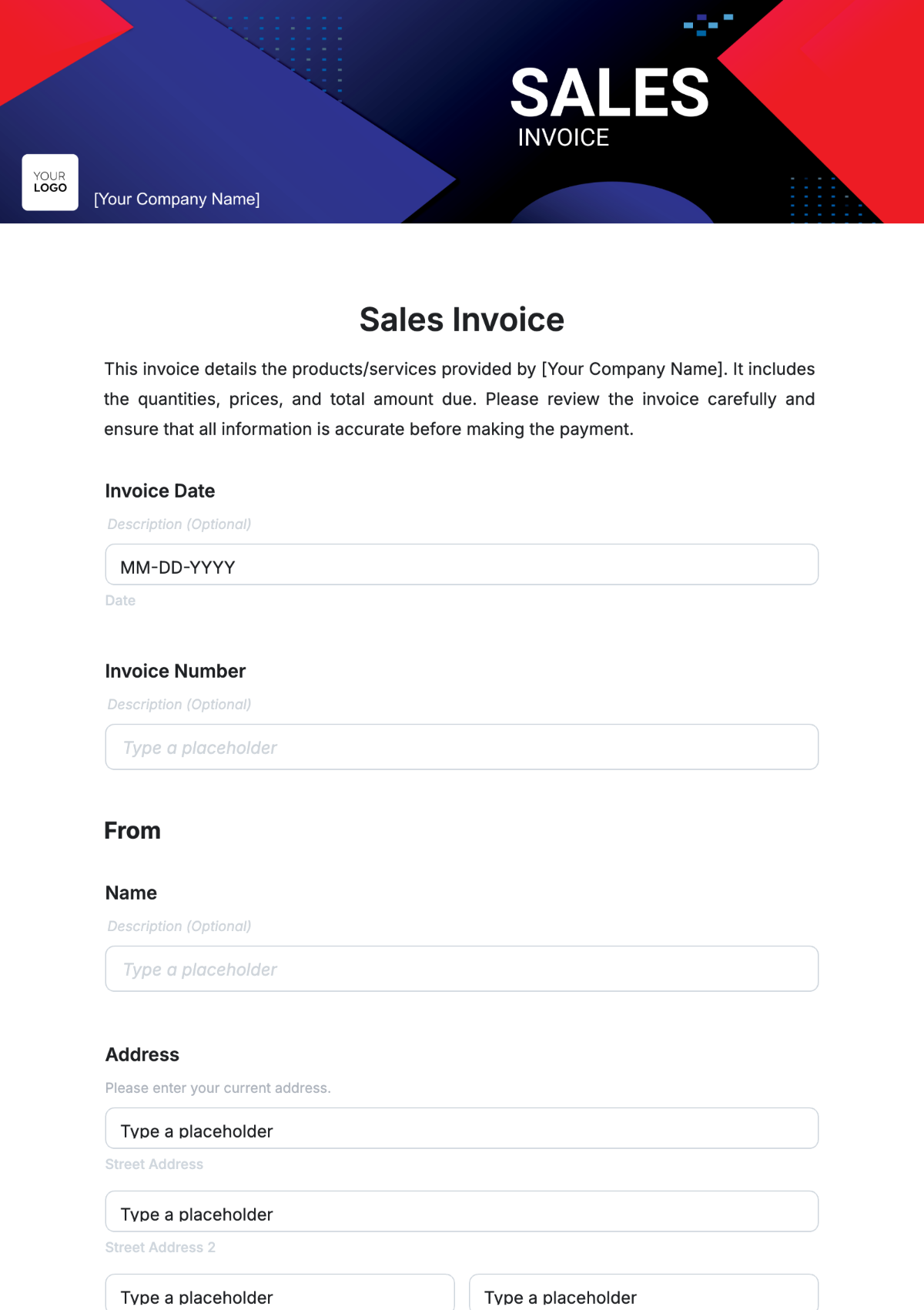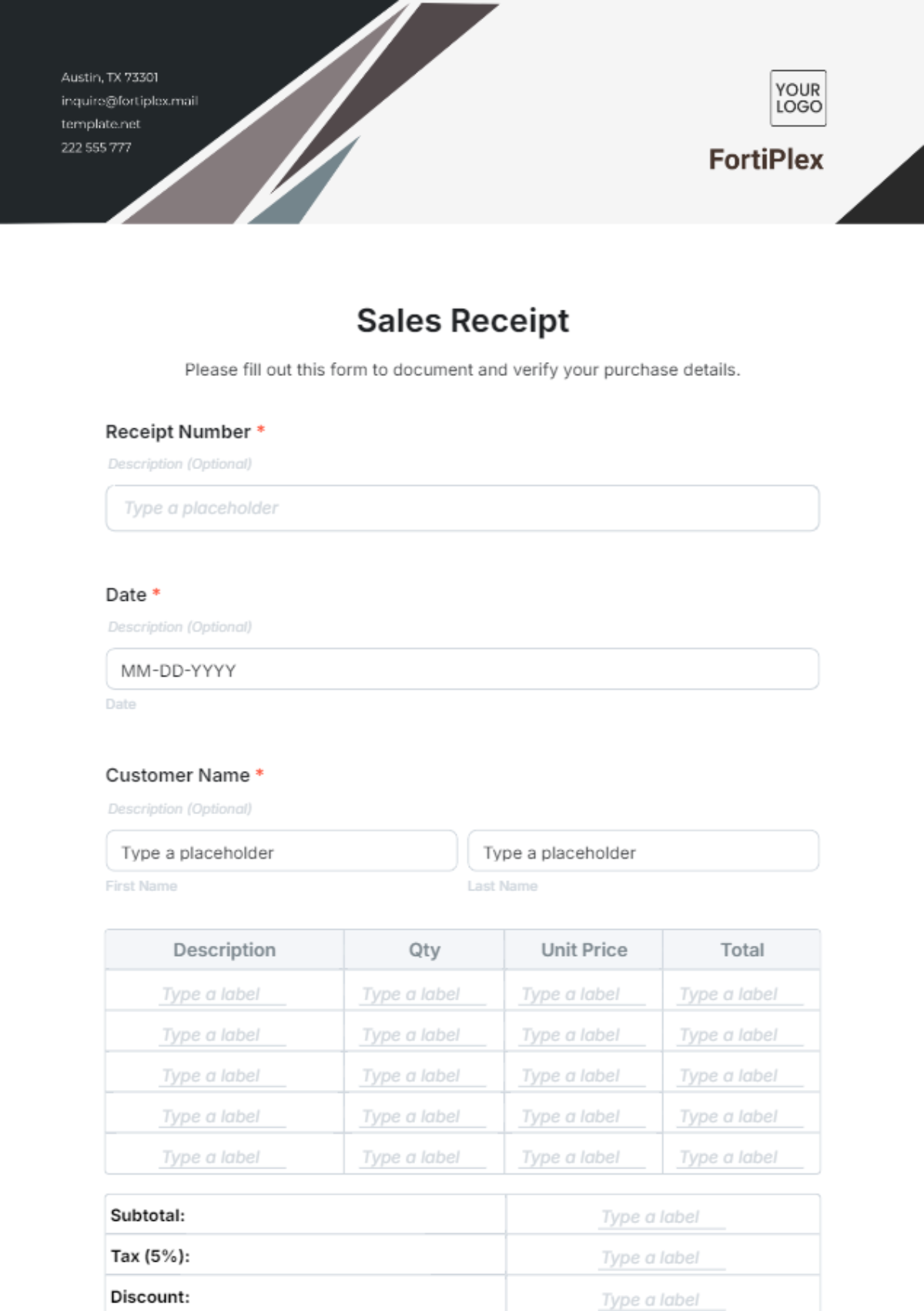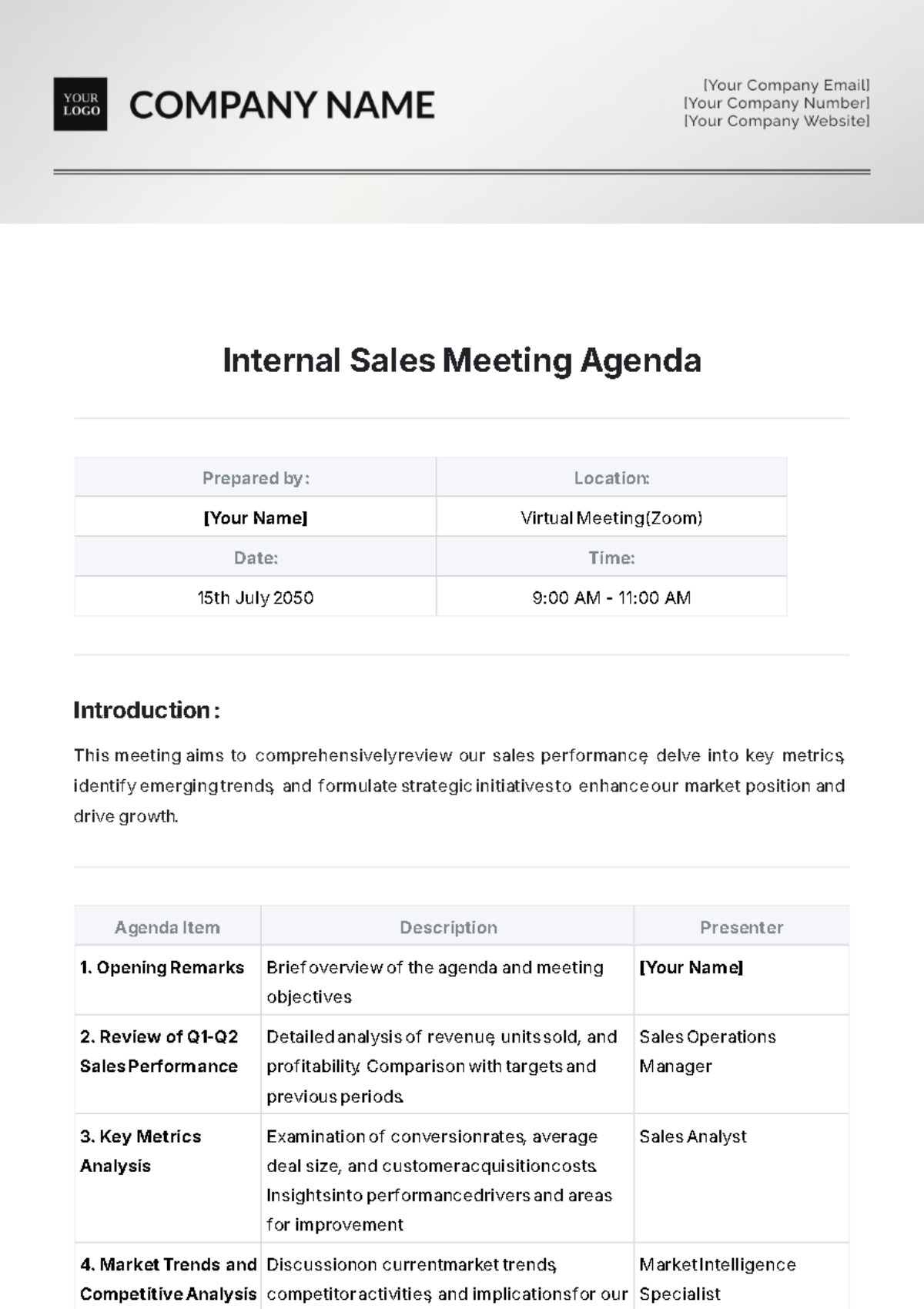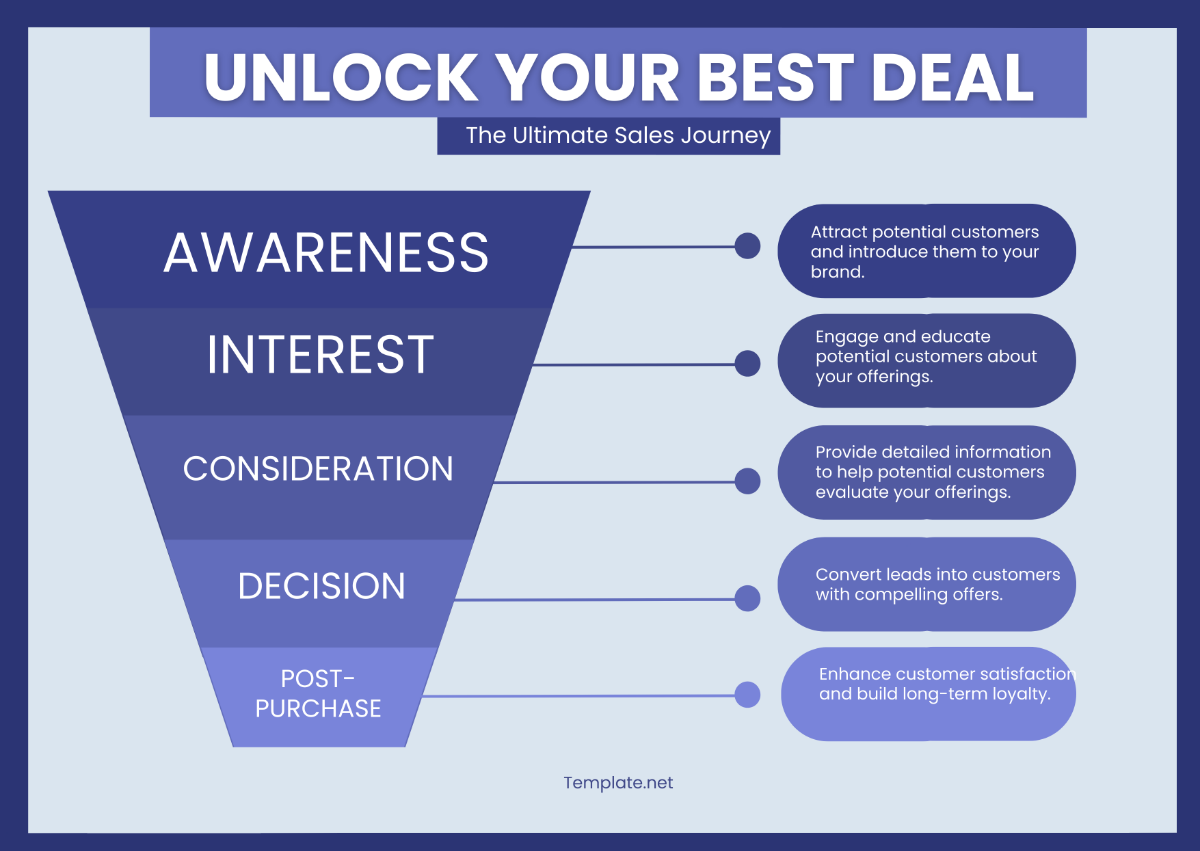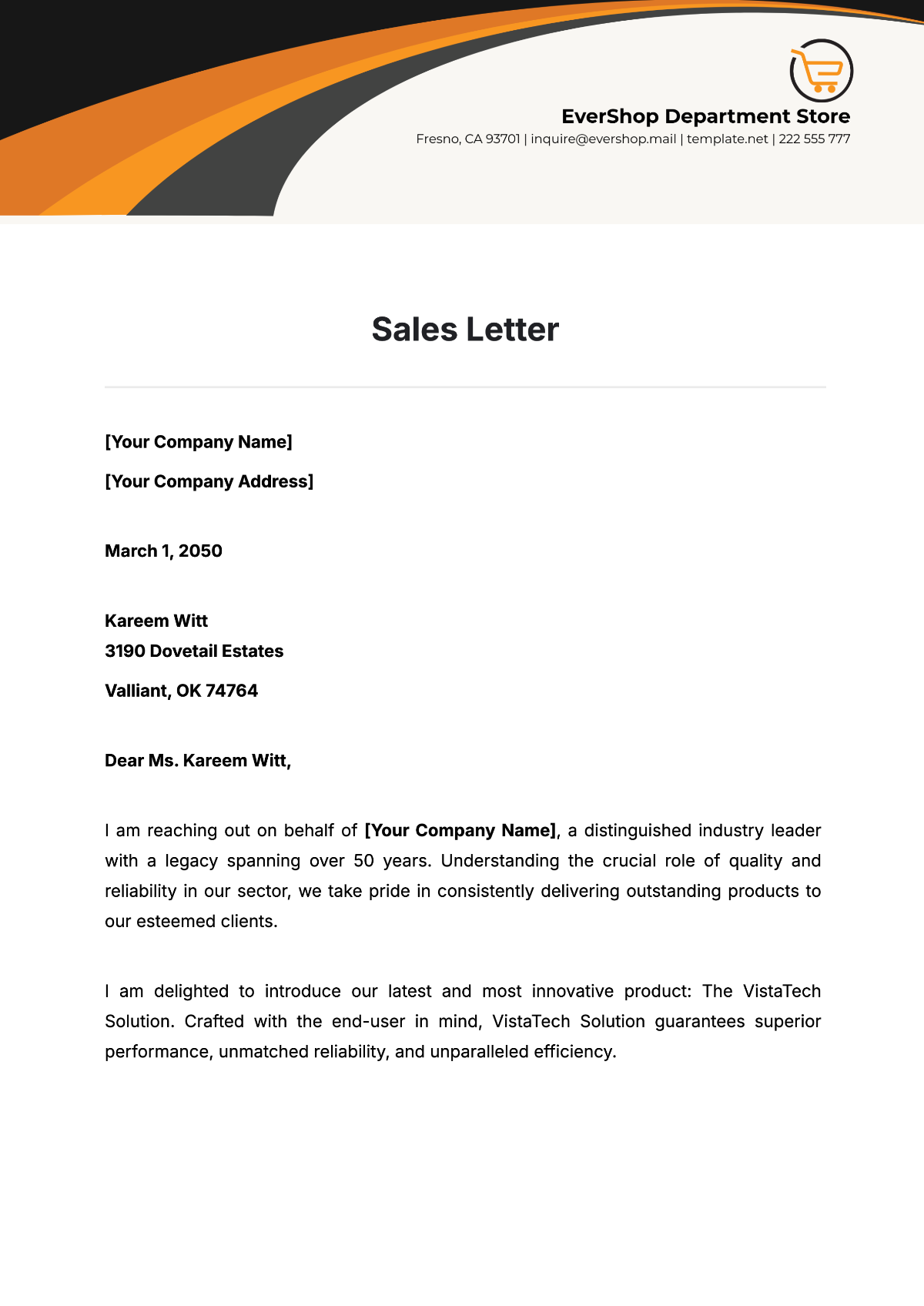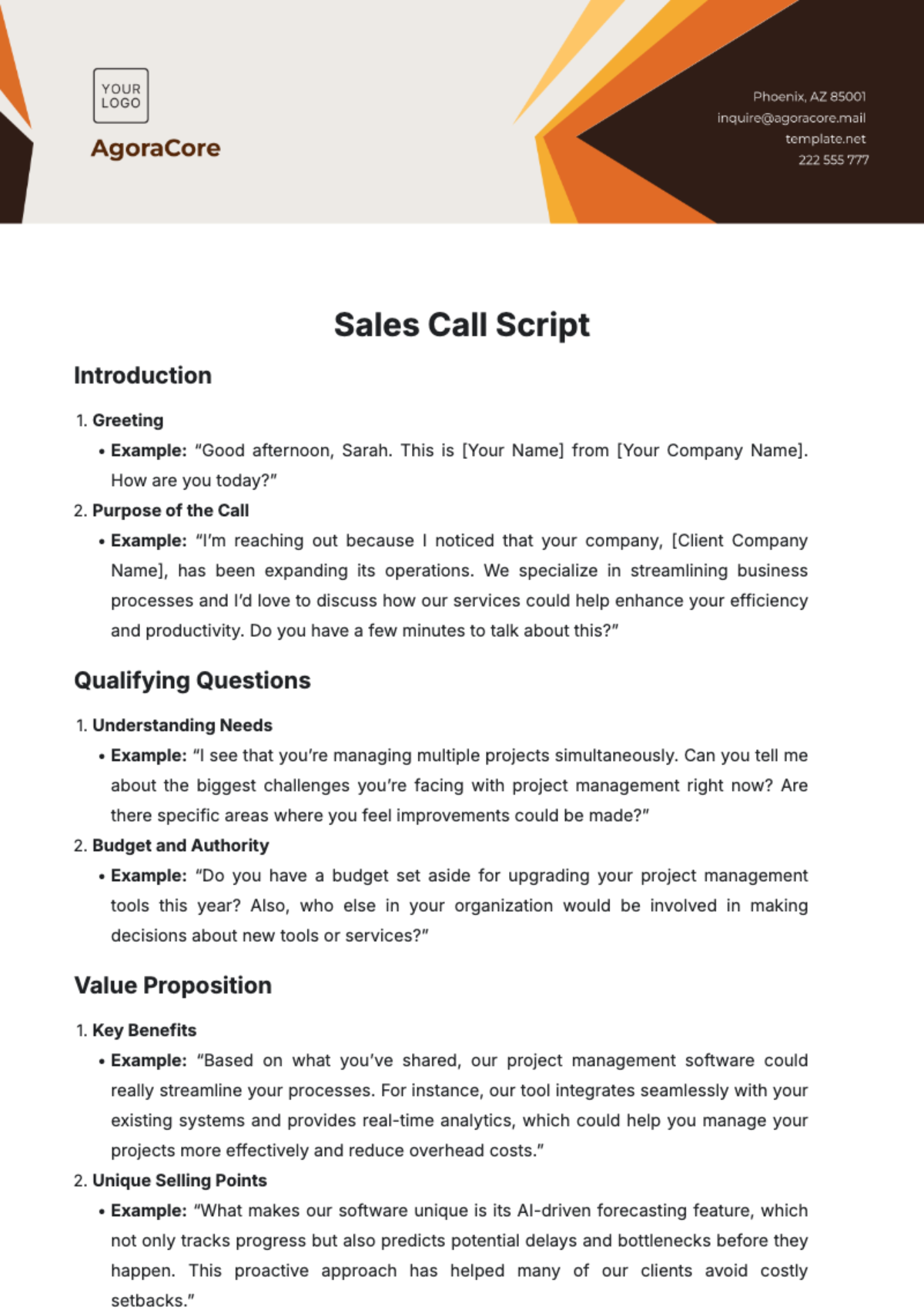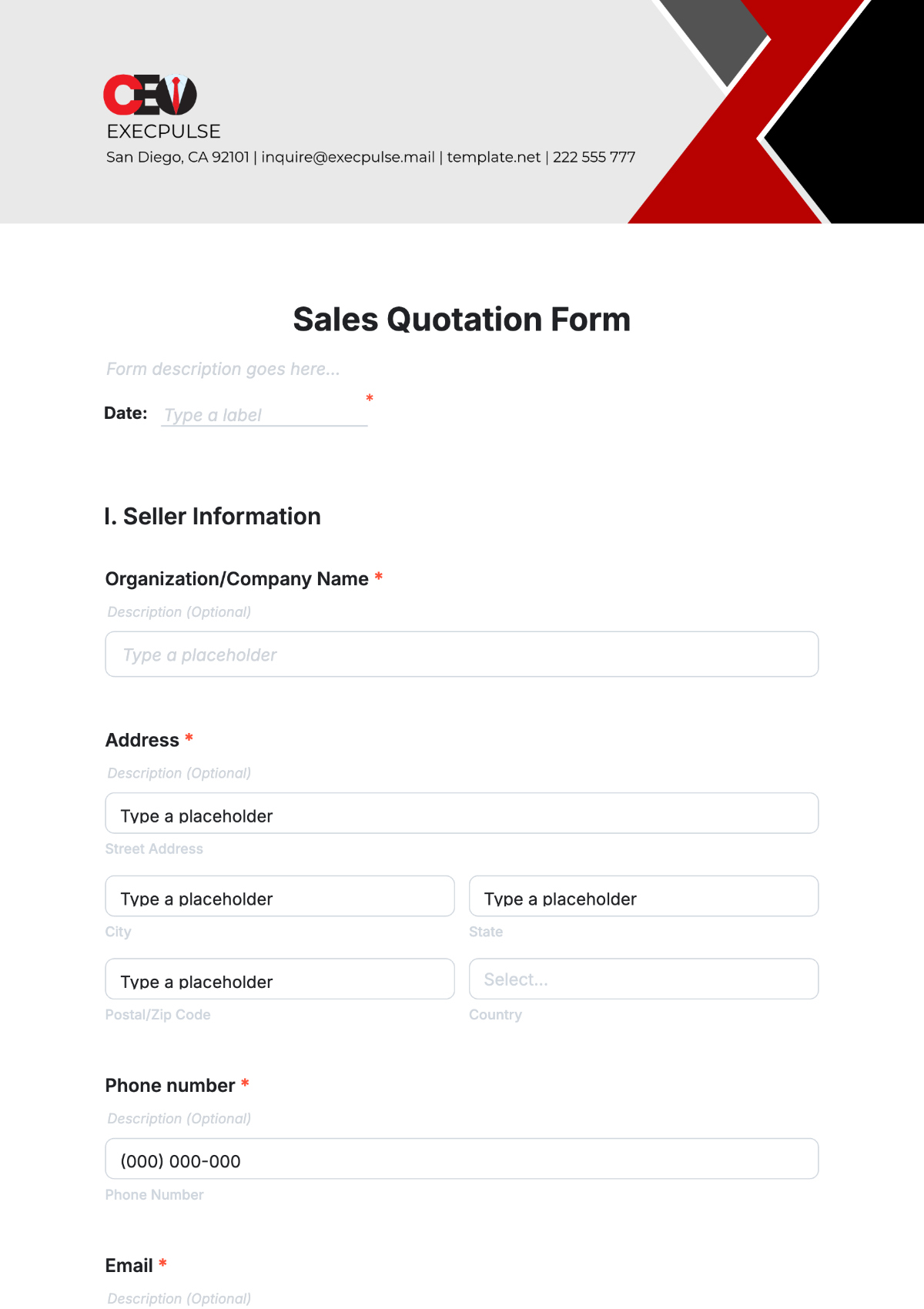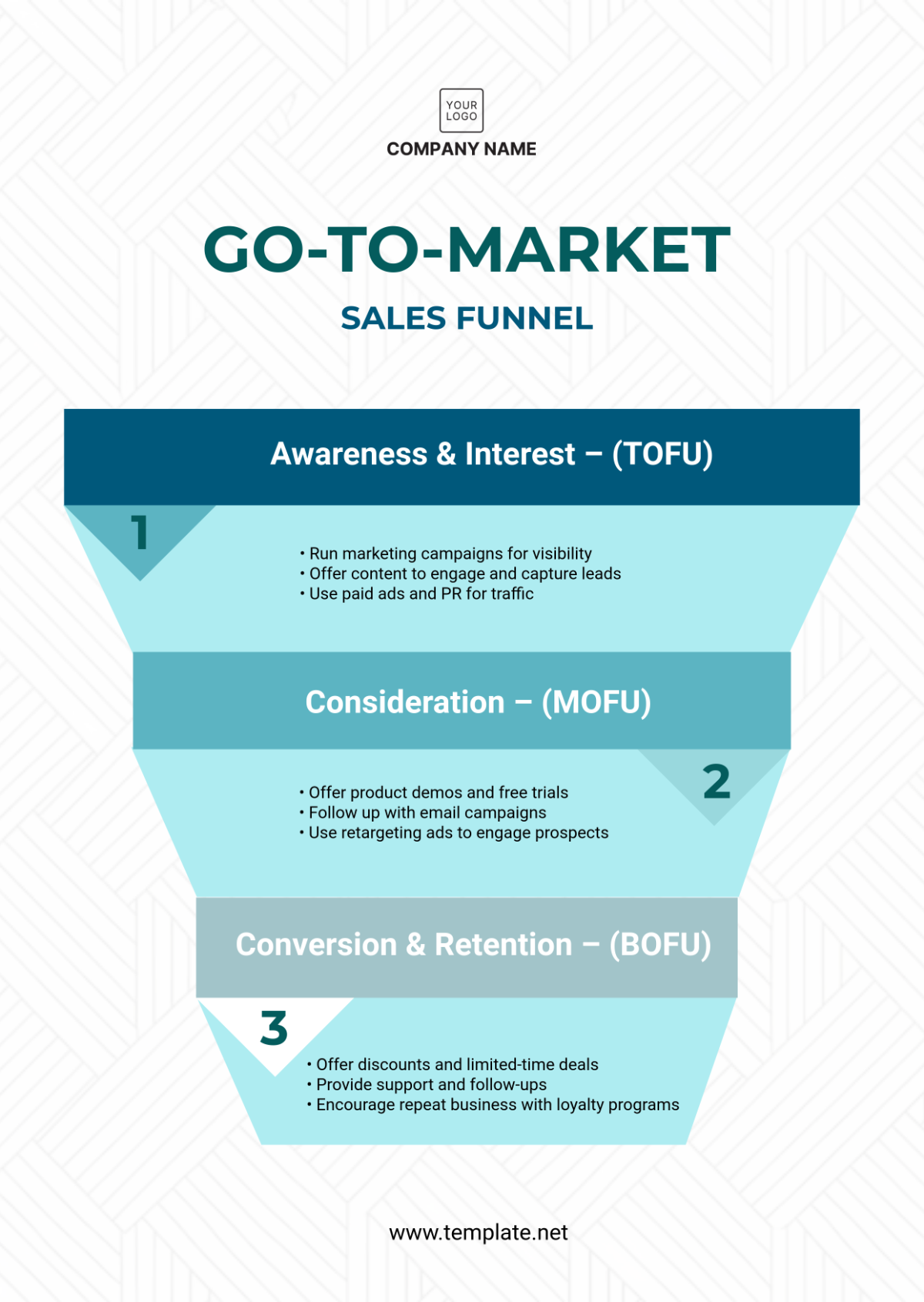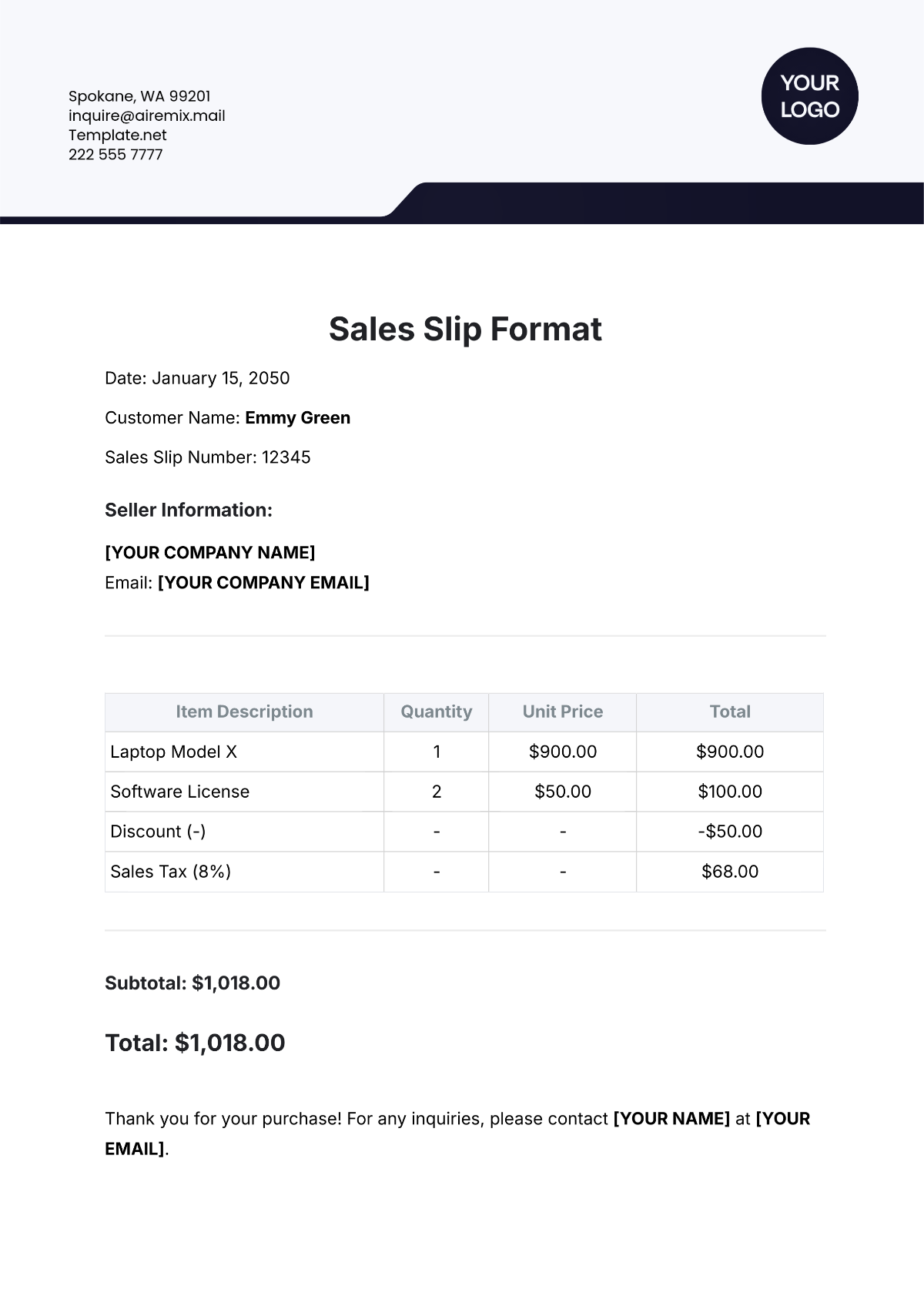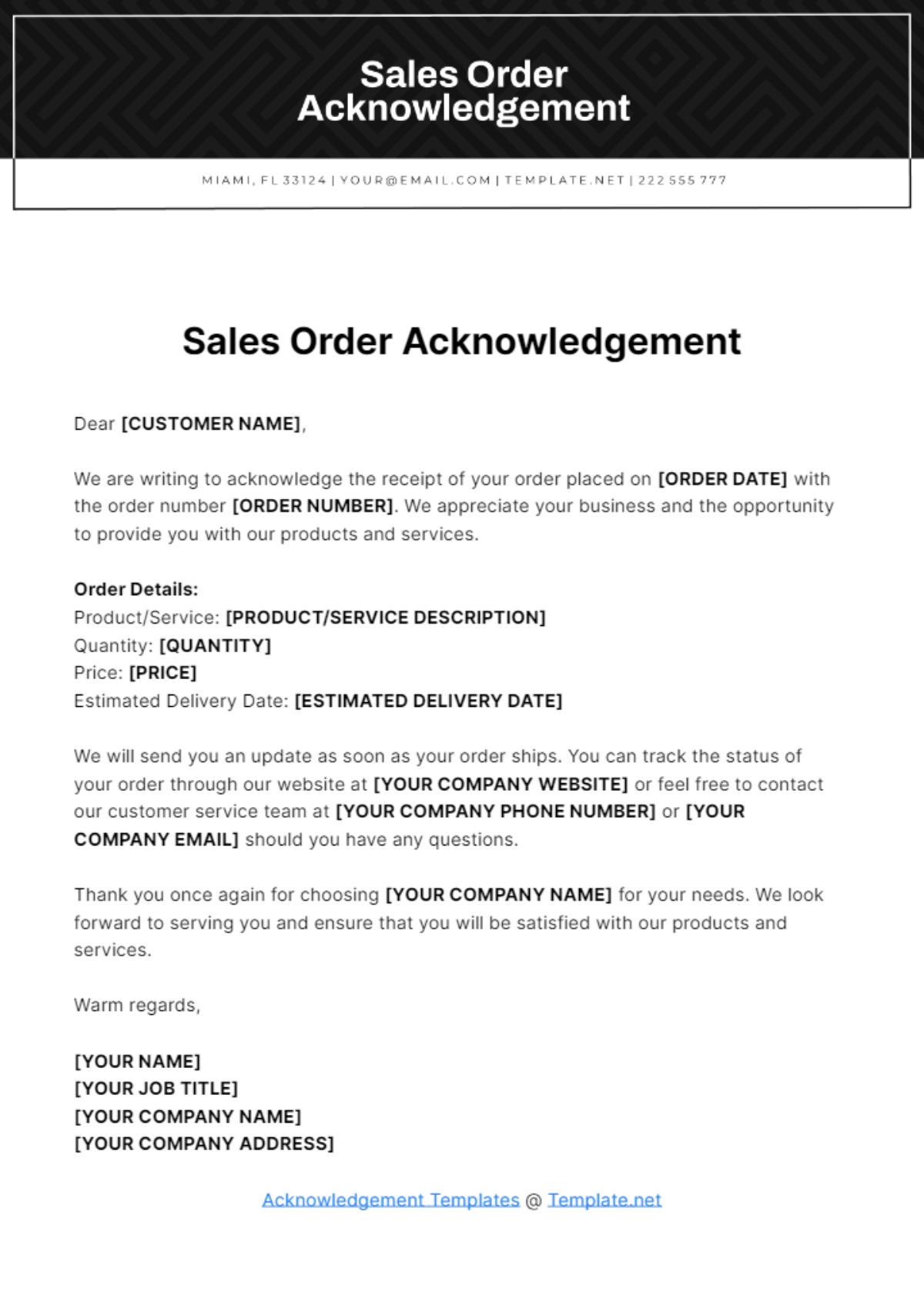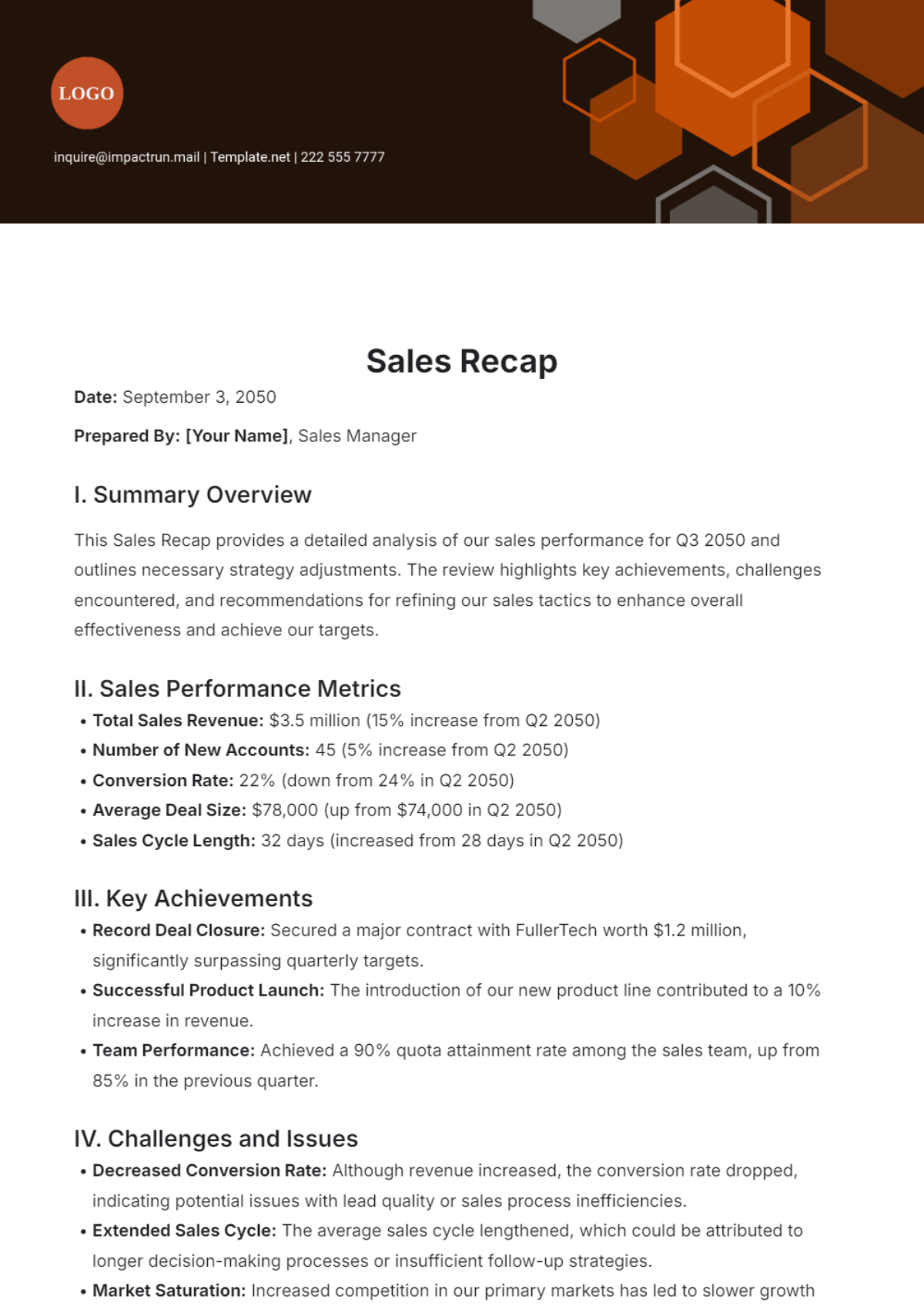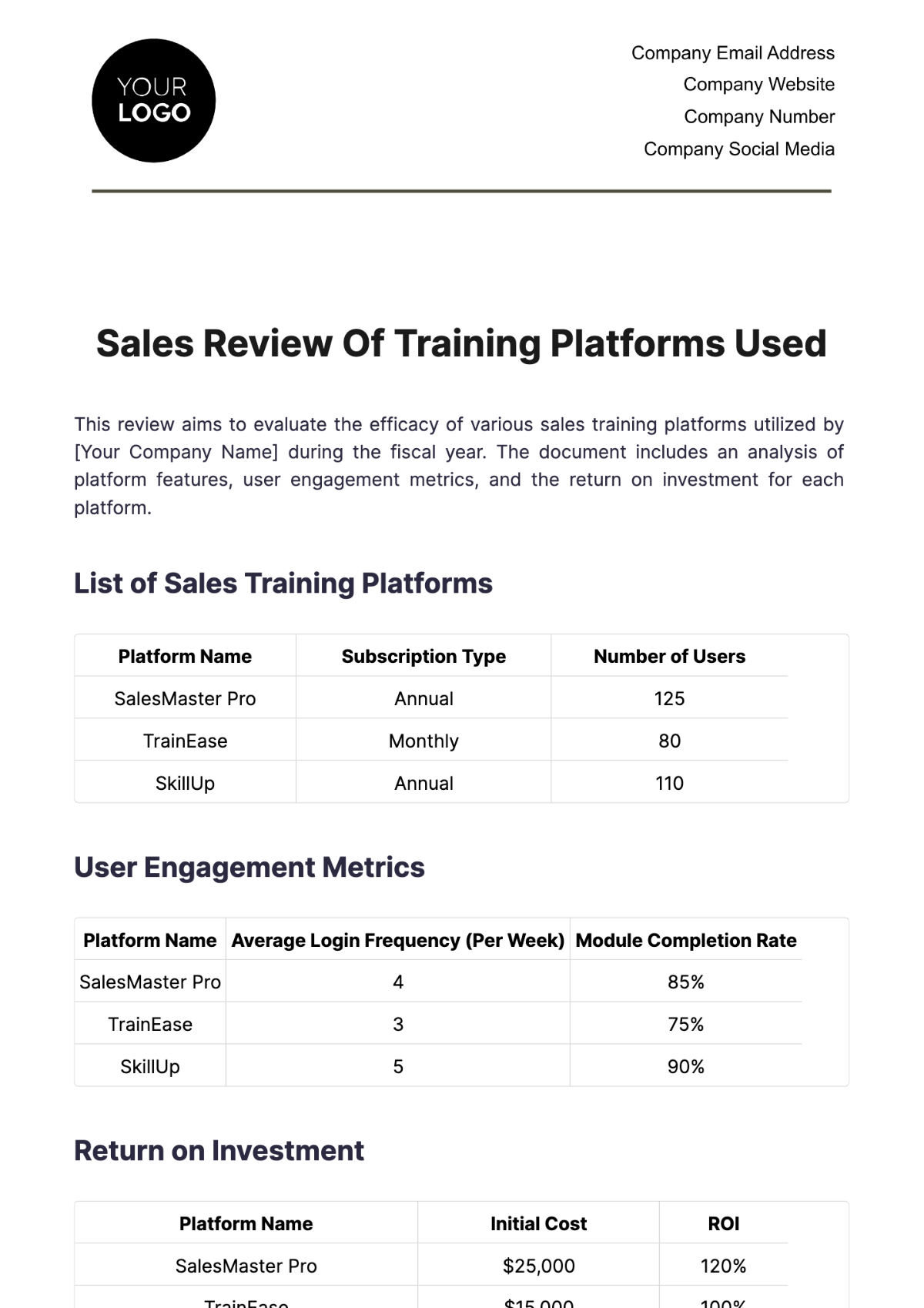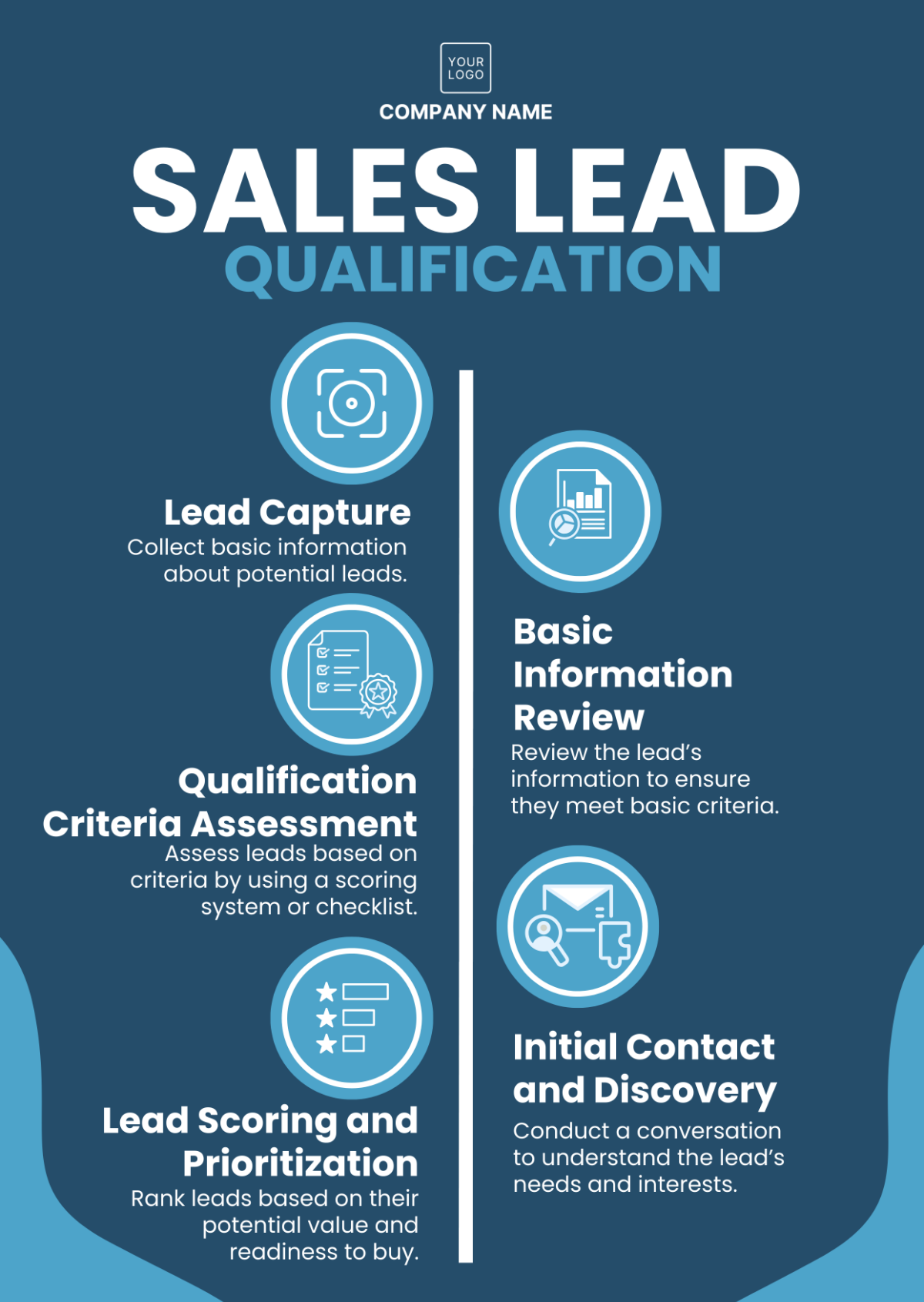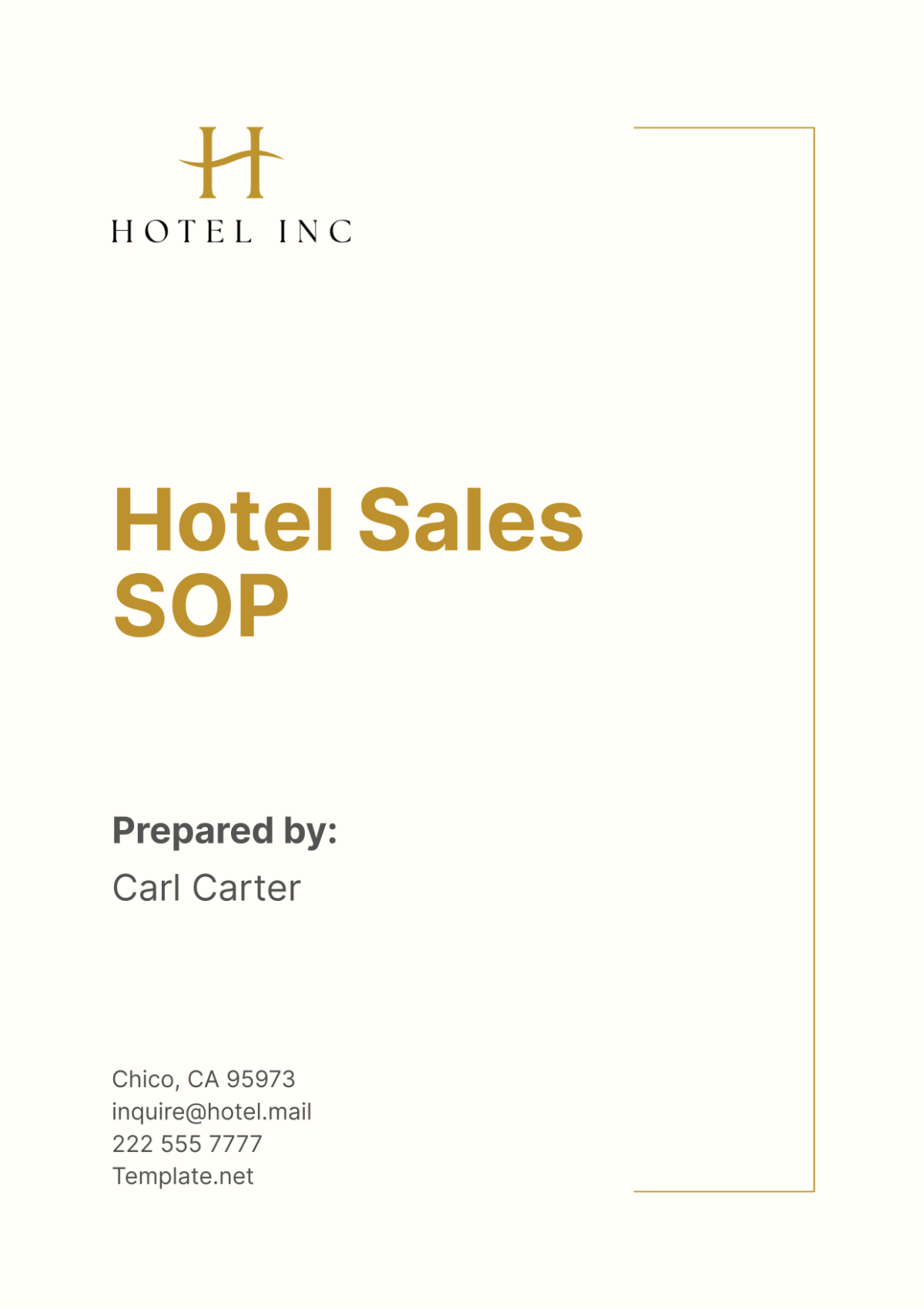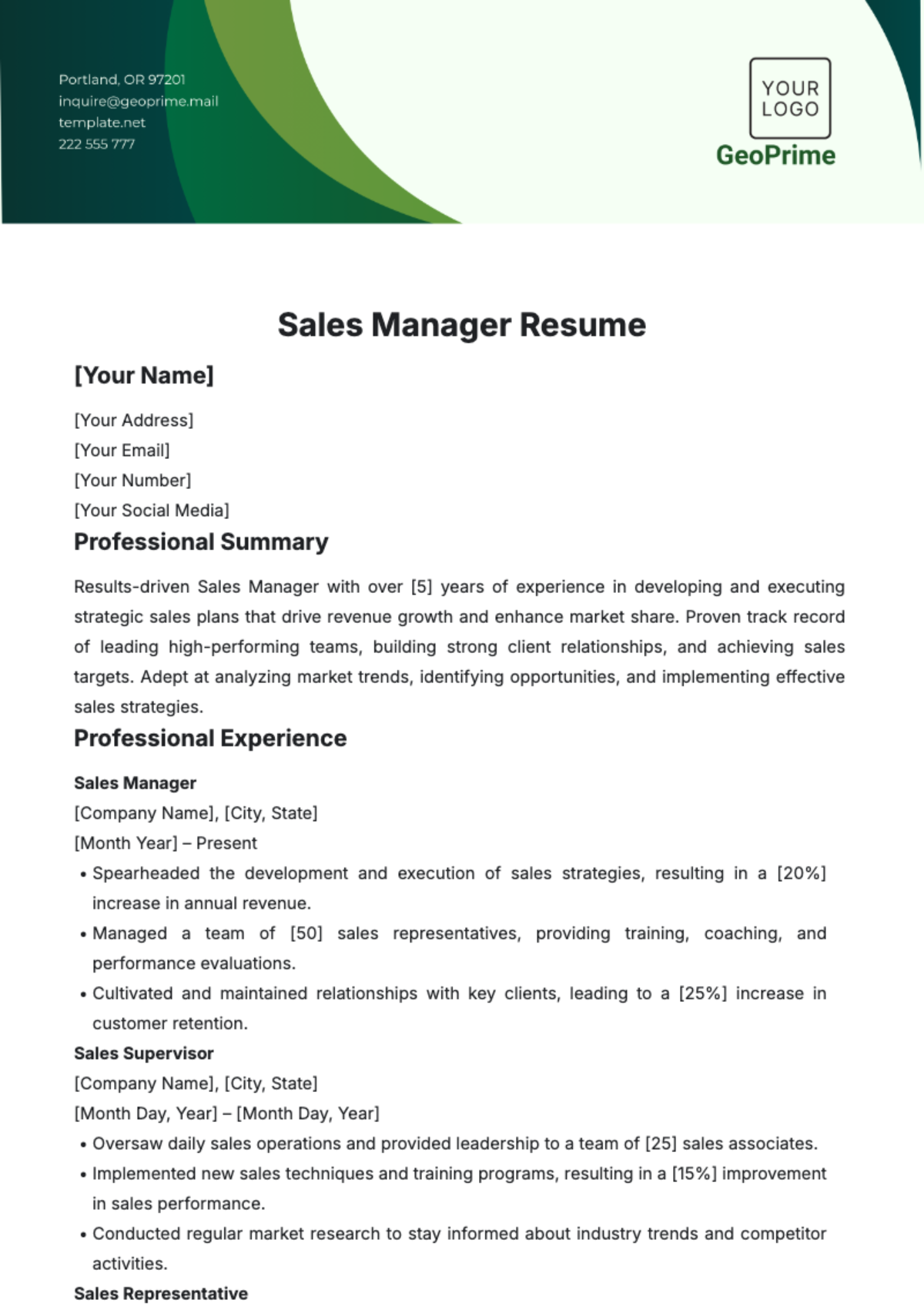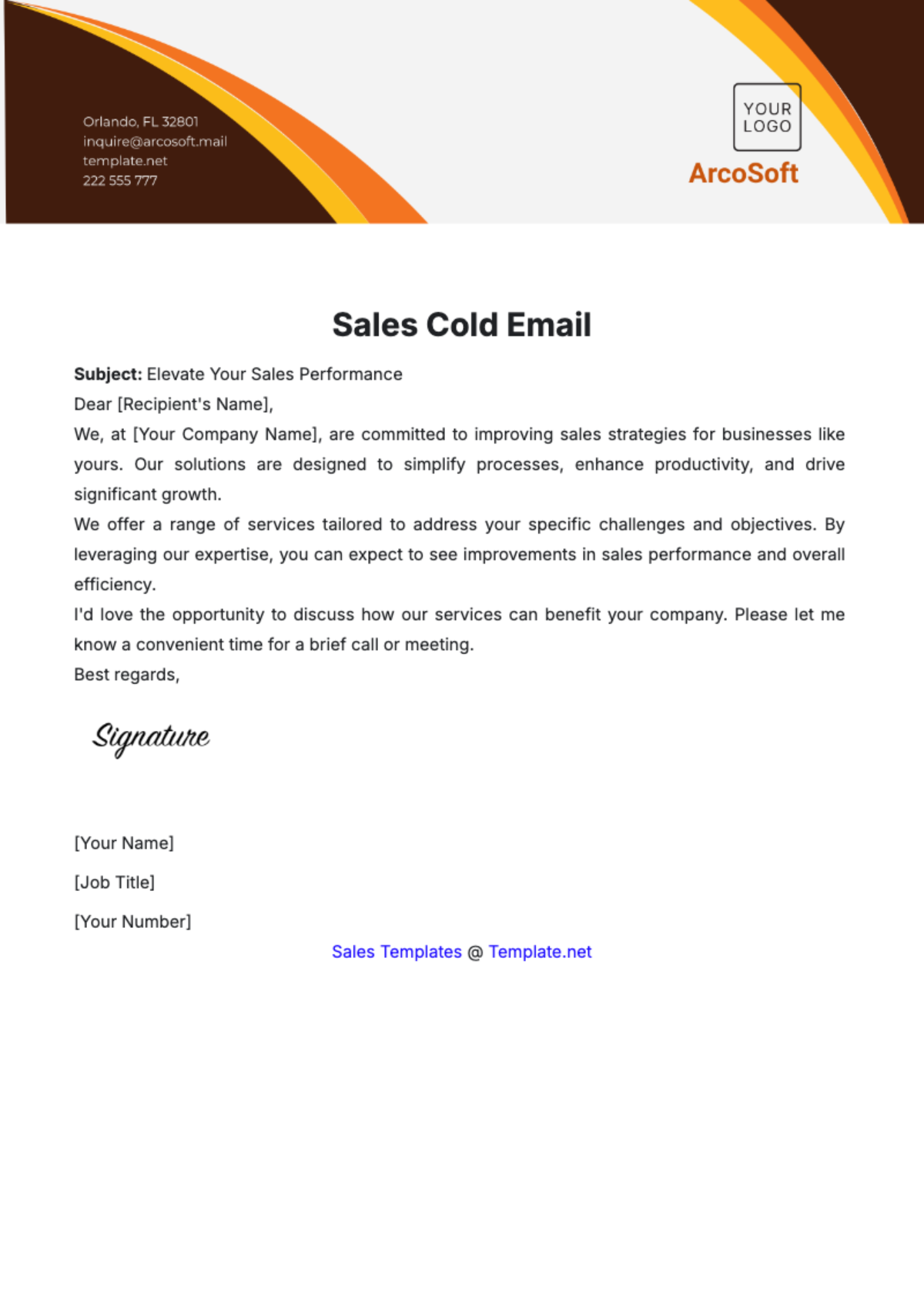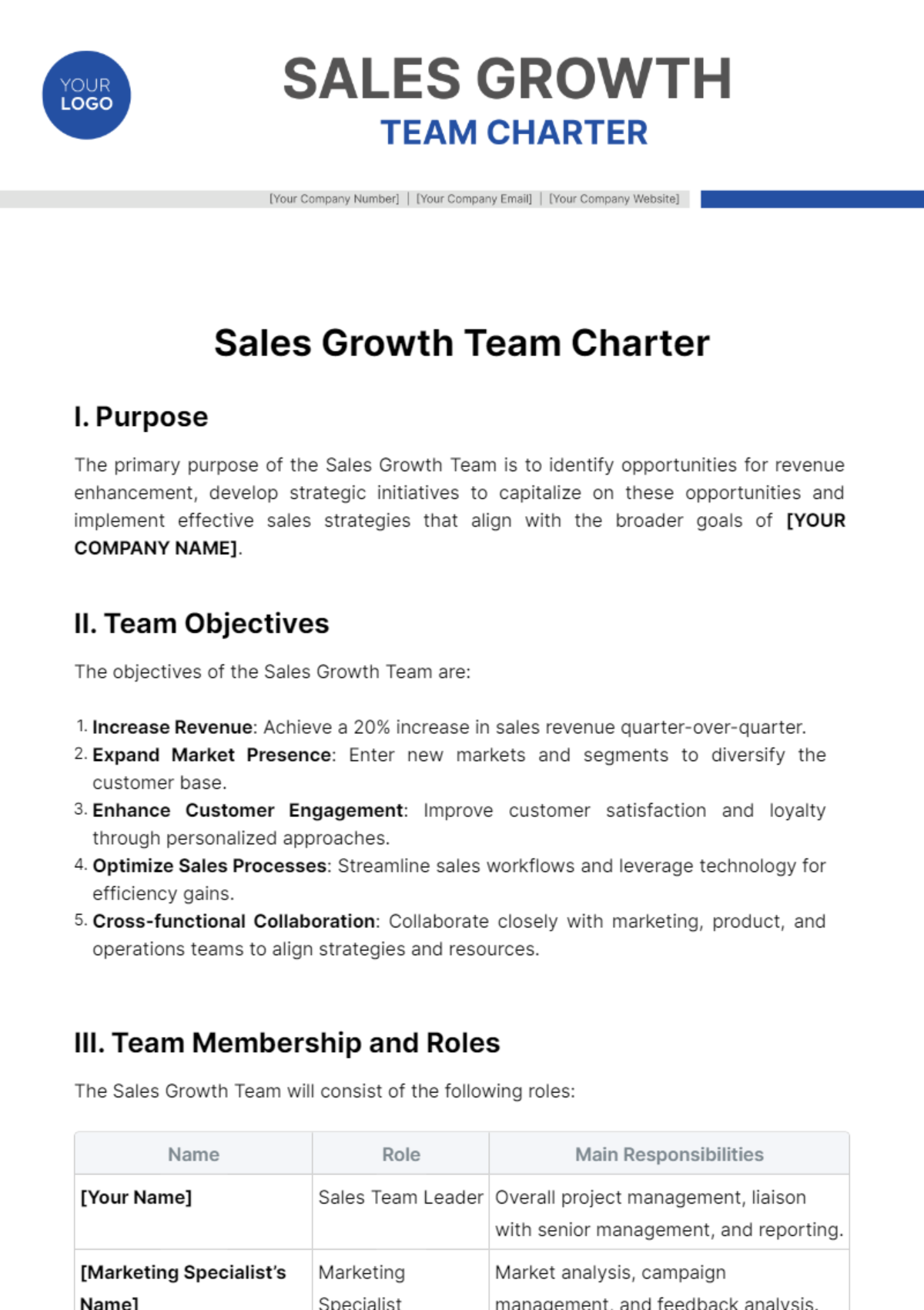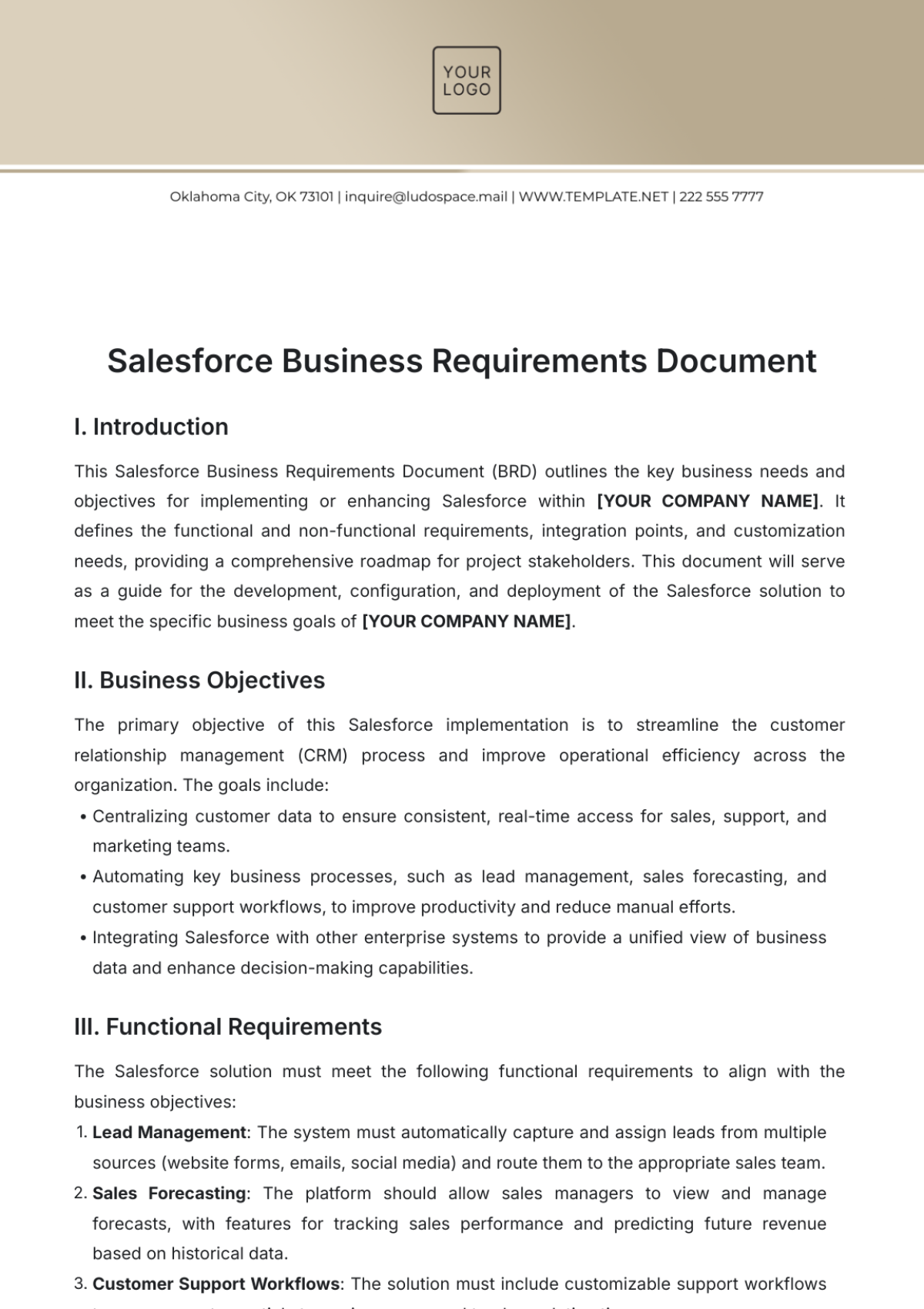Sales Guide to Handling Difficult Negotiations
I. Introduction
In the realm of sales, negotiation stands as a cornerstone skill. It's the vital link between understanding your customer's needs and presenting them with solutions that culminate in mutually beneficial agreements. In essence, it's the art of finding common ground in the pursuit of a successful business partnership.
The arena of challenging negotiations can be formidable, yet it often harbors the most promising opportunities for substantial deals and enduring relationships. This comprehensive guide is your compass through these complex scenarios. It gives you the strategies and tactics needed to navigate these intricate situations with poise and triumph, turning formidable challenges into remarkable successes.
Before you even step onto the negotiation battlefield, setting the stage for success is paramount. Adequate preparation, effective communication, and a crystal-clear grasp of your objectives form the foundation of fruitful negotiations. This journey delves into the nuanced strategies and techniques that will empower you to not just navigate but master the art of handling difficult negotiations, positioning you for resounding achievements in the world of sales.
II. Preparation
A. Mastery of Your Product
Before you step into the negotiation arena, it's imperative that you possess an encyclopedic knowledge of your product or service. This isn't just about having surface-level familiarity; it's about digging deep into every facet, feature, and nuance of your offering. This profound understanding serves as your most formidable weapon. It not only empowers you to address concerns with unwavering confidence but also allows you to present solutions in a manner that is not just compelling but deeply tailored to your prospect's unique needs. When you can articulate how your product precisely fulfills their requirements, you become an authoritative advocate, where the magic of negotiation often begins.
B. The Power of Prospect Research
Your prospects are not just names on a list; they are individuals with specific needs, pain points, and priorities. Recognizing these facets is not just valuable; it's indispensable. Comprehensive research should precede every negotiation, providing you with insights that enable a personalized approach. By understanding your prospect's challenges, preferences, and expectations, you can tailor your pitch and solutions in a way that directly addresses their unique concerns. This approach not only demonstrates your genuine interest in their well-being but also positions you as a consultative partner rather than a mere salesperson.
C. The North Star: Clear Goals and Objective
Negotiations need a guiding star, a clear sense of direction that ensures you don't wander off course. Setting precise, realistic goals is the compass that points you in the right direction. These goals could encompass specific price points, delivery timelines, service levels, or a combination of these. These well-defined objectives are not just your North Star; they are the foundation of your negotiation strategy. They keep you grounded, focused, and capable of steering the discussion toward a successful outcome. Essentially, they serve as the lighthouse in the often turbulent sea of negotiation, ensuring you stay on course and reach your desired destination.
III. Effective Communication
A. Building Rapport
Rapport-building is the foundation of effective communication. Establish a genuine connection with your counterpart by showing empathy and understanding their perspective.
B. Active Listening
Listening is more important than speaking in negotiation. Practice active listening to fully understand the other party's needs and concerns. Encourage them to share their thoughts and feelings.
C. Using Nonverbal Cues
Nonverbal communication, including body language and facial expressions, plays a crucial role in negotiations. Be aware of your own nonverbal cues and learn to interpret those of your counterpart.
D. Effective Questioning
Effective questioning is the art of asking the right questions to uncover the needs and motivations of the other party. Open-ended questions encourage them to share more information, facilitating a deeper understanding of their perspective.
E. Empathetic Communication
Empathy is a powerful tool in negotiation. Show that you genuinely care about the other party's concerns and feelings. Acknowledging their emotions and validating their viewpoint can lead to more cooperative negotiations.
F. Clear and Concise Communication
Clarity is key in negotiation. Use clear and concise language to avoid misunderstandings. Avoid jargon and technical terms that the other party might not understand.
G. Adaptability in Communication
Different situations and personalities require different communication styles. Be adaptable in your approach, tailoring your communication to match the preferences and needs of your counterpart.
H. Conflict Resolution Skills
In challenging negotiations, conflicts may arise. Develop conflict resolution skills to address disputes and disagreements constructively. Find common ground and work towards a resolution that satisfies both parties.
IV. Managing Emotions
A. Staying Calm and Confident
During negotiations, emotions can run high, making it crucial to remain composed and self-assured. Your ability to exude confidence in both your product and negotiation skills serves as a powerful tool in diffusing tense situations. Your unwavering composure can help create an atmosphere of trust and rationality, fostering productive discussion.
B. Handling Objections
Expecting objections is a hallmark of effective negotiation preparation. When objections arise, respond to them with a logical and professional demeanor. Embrace objections as opportunities to showcase the value of your offering. Addressing objections thoughtfully can lead to a stronger alignment between your product and your prospect's needs, ultimately paving the way for a more successful outcome.
C. Dealing with Aggressive or Uncooperative Negotiators
In challenging negotiations, it's not uncommon to encounter aggressive or uncooperative counterparts. When faced with such individuals, maintain your focus on the core issues under discussion. If necessary, employ assertive tactics to guide the conversation back to a constructive and collaborative path. Your ability to navigate difficult personalities with diplomacy and resolve will help steer the negotiation toward a mutually beneficial resolution.
V. Negotiation Strategies
A. Win-Win vs. Win-Lose
Strive for win-win outcomes where both parties feel they've gained something. Collaborative negotiation is more likely to lead to lasting, positive relationships.
B. Identifying and Responding to Tactics
Recognize common negotiation tactics such as good cop/bad cop, highball/lowball offers, and time pressure. Knowing how to respond effectively is key to diffusing their impact.
C. Creative Problem Solving
Sometimes, unconventional solutions can lead to successful agreements. Be open to innovative ideas that meet your prospect's needs while aligning with your objectives.
D. Building Alliances and Partnerships
Sometimes, forging alliances or partnerships with the other party can be a strategic approach. This might involve collaboration on projects, sharing resources, or creating long-term relationships that benefit both parties. Building these strategic partnerships can result in synergistic outcomes and open doors to new opportunities.
E. Power Dynamics and Leverage
Understanding the power dynamics at play in a negotiation is crucial. Identify sources of leverage, such as unique product features, time sensitivity, or exclusive offerings, and use them strategically to your advantage. Recognize when the other party has leverage and be prepared to adapt your approach accordingly.
F. BATNA (Best Alternative to a Negotiated Agreement)
Develop a strong BATNA, which is the best alternative you have if the current negotiation doesn't yield a satisfactory agreement. Knowing your BATNA empowers you to negotiate confidently and make well-informed decisions. It's essential to have a clear backup plan that doesn't leave you vulnerable.
G. Cultural Sensitivity in Global Negotiations
In an increasingly globalized world, negotiations often involve parties from diverse cultural backgrounds. Understanding and respecting these cultural differences is vital for effective communication. Tailor your negotiation style and approach to align with the cultural norms and expectations of your counterparts, fostering better understanding and trust.
VI. Offer and Concession Management
A. Setting the Initial Offer
Your initial offer sets the tone for the negotiation. Make it reasonable and supported by data, but also leave room for concessions.
B. Making and Receiving Concessions
Concessions are a natural part of negotiations. Manage them strategically to avoid giving away too much too soon.
C. Avoiding Overcommitment
Be cautious not to overcommit during negotiations. Make sure that any concessions you make are within your capacity to deliver.
VII. Closing the Deal
A. Recognizing the Right Time
Timing is crucial. Look for signs that the negotiation is moving positively and seize the opportunity to close the deal when it's ripe.
B. Techniques for Closing
Learn various closing techniques, including the assumptive close, summary close, and the trial close, to effectively guide the negotiation towards a successful conclusion.
C. Handling Last-Minute Resistance
Some resistance is normal just before closing a deal. Address any last-minute concerns or objections with patience and professionalism.
VIII. Follow-Up and Relationship Building
A. Post-Negotiation Actions
After a successful negotiation, your job doesn't end with the ink drying on the agreement. Effective post-negotiation actions are key to ensuring that the agreement is not only signed but also fully realized. Consider these actions:
Timely Document Verification: Verify that all contractual documents and terms have been correctly drafted and signed. This extra step helps in avoiding any misunderstandings in the future.
Review and Confirmation: Reiterate the key points of the agreement in a concise follow-up email or letter. Seek confirmation from all parties involved to ensure there's a shared understanding of what has been agreed upon.
Delivery and Implementation Checkpoints: Establish checkpoints to monitor the delivery and implementation of your products or services. This demonstrates your commitment to the success of the partnership.
B. Maintaining Long-term Relationships
The art of successful negotiation extends beyond individual transactions; it's about building long-term, mutually beneficial relationships. Here's how to maintain and nurture these relationships:
Regular Communication: Stay in touch with your clients beyond business transactions. Send updates, relevant industry news, and occasional non-sales-related messages to show that you value the relationship, not just the revenue.
Personalization: Tailor your interactions to the individual preferences and needs of your clients. Understanding their unique goals and challenges will enable you to provide ongoing value.
Value-Added Services: Continuously explore ways to enhance the value you provide to your clients. Whether it's offering additional training, exclusive content, or other complementary services, these extras reinforce your commitment to their success.
Feedback and Improvement: Encourage open communication to receive feedback on the quality of your products or services. Use this feedback to make necessary improvements and demonstrate your responsiveness.
C. Handling Dissatisfaction
Even with the best intentions, dissatisfaction or disputes can arise. How you handle these situations can define the strength of your long-term relationship:
Active Listening: When a client expresses dissatisfaction, listen actively and empathetically. Allow them to fully explain their concerns before responding.
Commit to Resolution: Demonstrate a genuine commitment to finding a fair and mutually agreeable resolution. Explore alternative solutions that address their concerns while still aligning with your objectives.
Timely Action: Address dissatisfaction promptly. Delays can exacerbate the situation and erode trust. Show that you take their concerns seriously.
Learn and Improve: After resolving the issue, use it as an opportunity for improvement. Identify the root causes and implement preventive measures to avoid similar situations in the future.
IX. Case Studies
Case Study: The International Expansion Challenge | |
Background | Challenges |
XYZ Corporation, a U.S.-based software company, sought to expand its European presence by securing a partnership with a well-established French IT firm, TechSolutions S.A. Both companies had distinct objectives: XYZ aimed for a strong European foothold, while TechSolutions sought to diversify its product offerings. | Cultural Differences: XYZ's straightforward American negotiating style clashed with TechSolutions' more formal and relationship-focused approach. |
Complex Financial Terms: The negotiation included intricate financial arrangements that required careful structuring. | |
Language Barrier: The negotiation was conducted primarily in English, which was not the first language of some TechSolutions executives. | |
Strategies and Techniques Challenges | |
Cross-Cultural Training: XYZ assigned a negotiator who had undergone cross-cultural training. This individual understood the importance of building rapport before diving into the negotiation. | |
Preliminary Relationship Building: The American team initiated several pre-negotiation social events, building a foundation of trust with TechSolutions. They learned about French business etiquette and adapted their approach. | |
Financial Experts: Both parties employed financial experts who understood the complexities of the deal structure, helping to translate financial jargon into clear terms for everyone. | |
Skilled Interpreters: To bridge the language gap, well-versed interpreters in financial and technical terminology were hired, ensuring that communication was smooth and precise. | |
Negotiation Team Diversity: XYZ included team members with prior experience in international negotiations. Their insights into global deal-making strategies proved invaluable. | |
OUTCOME | |
After several months of intense negotiations, the two companies reached a mutually beneficial agreement. XYZ secured a distribution partnership with TechSolutions in Europe, and TechSolutions expanded its product line. The deal was a significant success, leading to increased market share for both companies. | |
X. Conclusion
Skillful negotiation is an art that demands constant cultivation, extending beyond mere skill acquisition. It thrives on persistent practice, unwavering self-improvement, and the capacity to gracefully adapt to many negotiation scenarios. Recognize that the path to becoming a negotiation expert is a perpetual journey marked by a steadfast pursuit of excellence. Embrace feedback as your ally, draw invaluable lessons from your experiences, and let your commitment to continuous refinement be the driving force propelling you toward unparalleled success in your sales career.




